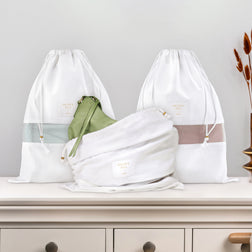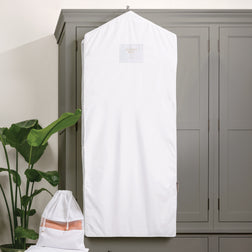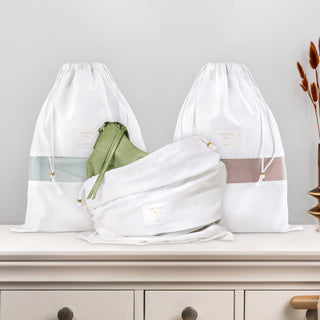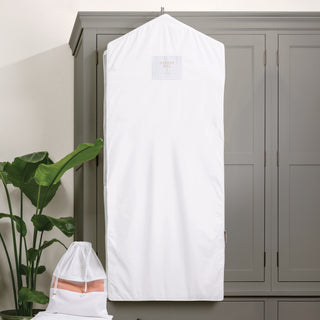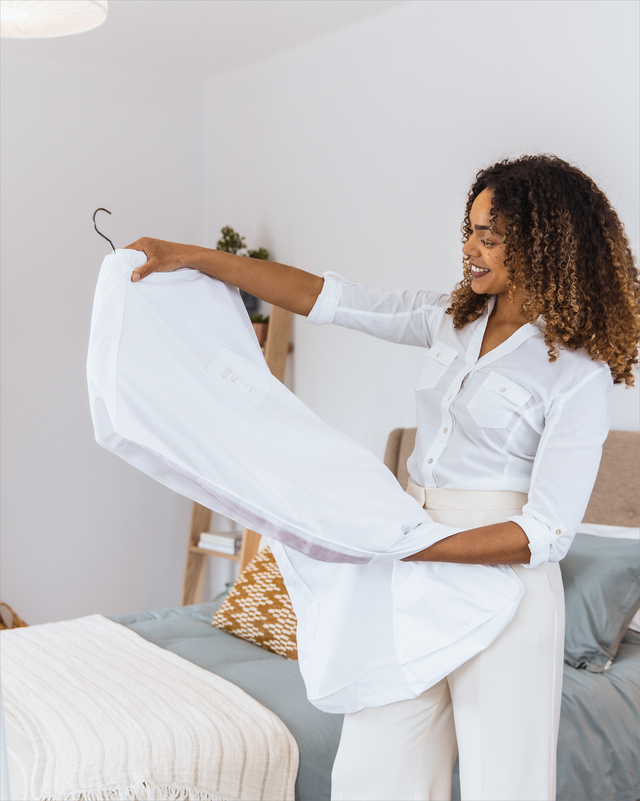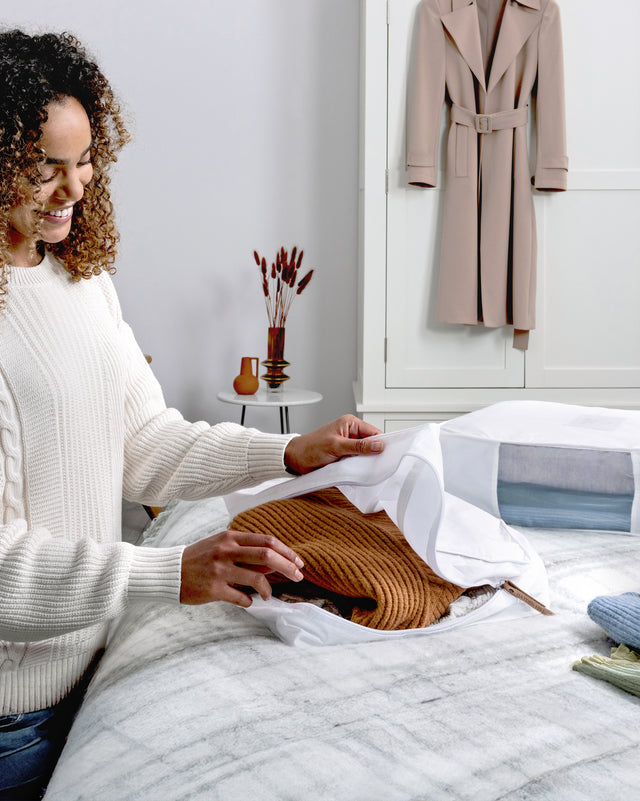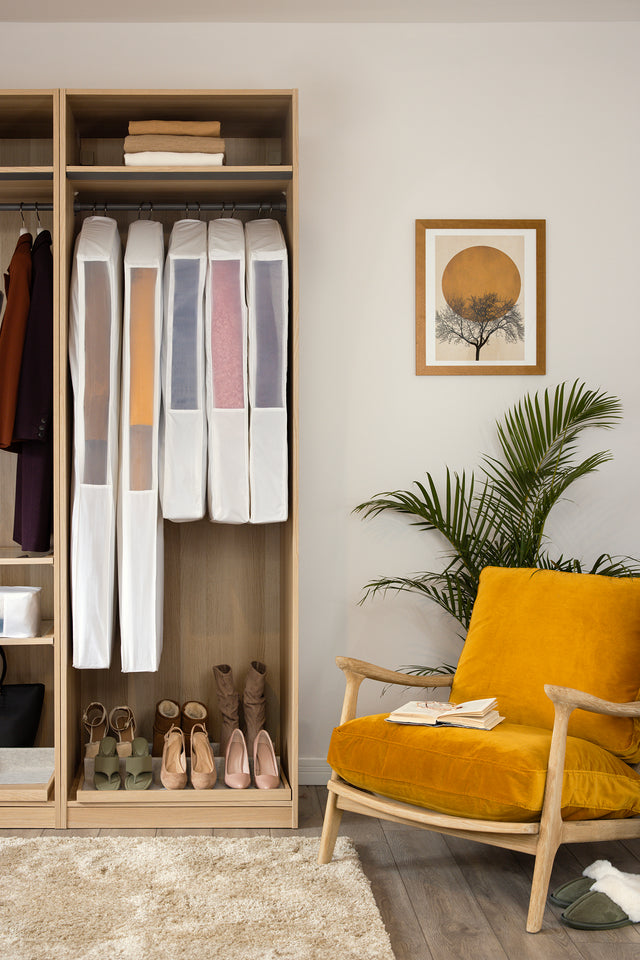Vacuum seal bags seem like a great idea for out-of-season, out-of-style, or no-longer-the-right-size items.
But before you start bagging up half of your clothes, let’s address the question: “Do vacuum seal bags ruin clothes?”
No matter how big your closet is, it never seems big enough. It feels like there isn’t enough space for all the clothes, bags, shoes, and accessories.
Which is why we get creative with storage solutions like vacuum seal bags. Vacuum seal bags seem like a great idea for out-of-season, out-of-style, or no-longer-the-right-size items.
But before you start bagging up half of your clothes, let’s address the question: “Do vacuum seal bags ruin clothes?”
Surprisingly, the answer to this question is not as straightforward as you might expect.
What Are Vacuum Storage Bags?
Finding the answer starts with having an agreed-upon definition of vacuum storage bags. Is it considered a vacuum storage bag if you stuff your things in a garbage bag and hoover out the air? Technically yes, but we certainly wouldn’t recommend this method.
Proper vacuum seal storage bags for clothes should be made of a material substantially more durable than a trash bag or shopping bag. This material should be a slightly thicker, sturdier type of plastic, though you might find less expensive brands are very similar to trash bags. This is certainly an instance of getting what you pay for.
There are also a variety of methods for removing the air from a storage bag. In the case of vacuum seal storage bags, the term “vacuum” refers to the absence of air in the bag, not the household appliance you might use to remove the air. There are storage bags that you can fill with clothing, flatten, and roll to push out air and create a vacuum seal.
Some storage bags are specifically made to be used with a vacuum. These bags have a valve that connects to a vacuum and a zippered opening to fill the bag up with your garments.
Both vacuum-compatible and roll-up storage bags can be found in a variety of sizes, but you’re more likely to find extra-large sizes in the vacuum-compatible style.
If your vacuum-sealed clothes will be exposed to light, and you are concerned the items might be damaged, choose bags that are made of opaque plastics.
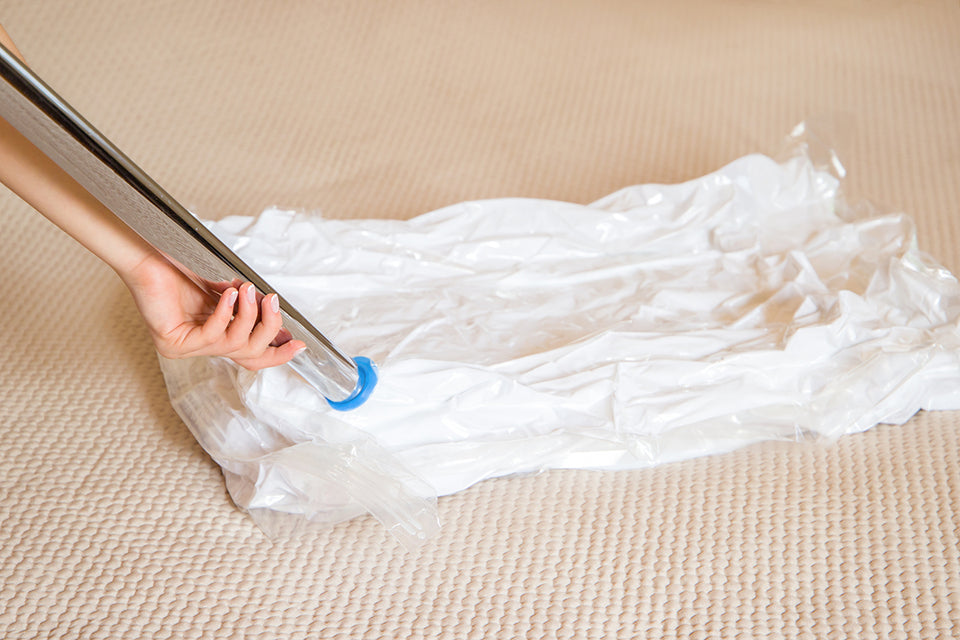
Why Use Vacuum Storage Bags?
Theoretically, vacuum storage bags are the perfect solution to a common problem. It’s hard to argue with a product that frees up space by getting bulky clothes and linens into a smaller package, all while protecting them from the elements. And, vacuum storage bags do deliver on their promises more often than not.
The problems that come from using vacuum storage bags result from how people use them.
Yes, sucking out all the air from around a bundle of clothing does shrink how much space they take up. And yes, a durable, completely sealed plastic covering absolutely protects textiles from external sources of damage.
But, what does that level of compression do to the individual fibres of each piece of clothing? And what happens to clothes that need to breathe? Will they be damaged if they’re left in this type of storage for too long?
If you’re storing a piece of clothing made of cashmere or silk, that level of compression can damage those natural fibres permanently. The best-case scenario when you vacuum seal naturally made textiles and products is you will be left with a few stubborn creases. Even leather, a material known for being tough and even welcoming to a bit of rough handling in order to season it and break it in, can still crack and be irrevocably damaged by compression.
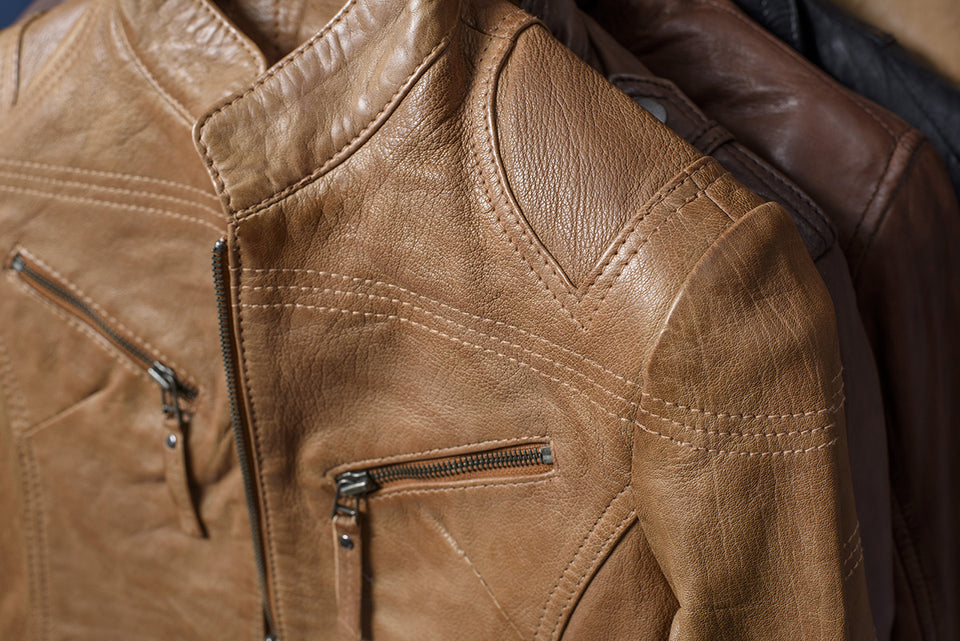
Complexities like these might make you avoid using vacuum storage bags, but they aren’t a bad choice for all types of clothing. Of the textiles made from natural fibres, plant-based ones tend to fare far better than animal-sourced fibres. Cotton and linen, although they wrinkle easily, can withstand enough of the heat and steam necessary for the fibres to straighten again.
The same is true for many synthetic and synthetic-blend fabrics, such as blended cashmere. But while you might find wool blends are made of mostly synthetic materials and are more wrinkle-resistant than their 100% wool counterparts, they’re not guaranteed to stand up to long-term vacuum storage.
It may seem counter-intuitive, but vacuum seal bags aren’t a good fit for big puffy items, like ski jackets or sleeping bags, even if they’re made of fibres that won’t break down under pressure. That’s because the air that’s caught between these fibres during the manufacturing process is necessary for the item to stay fluffy. It may surprise you how long it takes for the airy puffiness to return, if it returns to its original state at all.
However, for short-term storage, it’s worth considering vacuum seal storage bags even if some of those items are made of wool or silk. Laundering the item after removing it from the bag should release any wrinkles in most cases. Just make a note to unbag the items and wash them sooner rather than later to avoid any risk of damage.
How Do You Pack Clothes In A Vacuum Bag?
Vacuum storage bags are better suited to storing several pieces of clothing rather than one, large item.
But regardless of what items you have chosen to store in these bags, the basic steps of packing items in vacuum seal bags are the same:
- Gather the items you plan to store in the bag
- Look over each item for any stains, tears, or damages and repair them
- Thoroughly wash and fully dry according to each item’s care instructions
- Fold or roll each item; avoid stretching or twisting anything out of shape
- Place all the items in the bag, as uniformly as possible
- Follow the manufacturer’s instructions for removing air from the vacuum bags
And if you are wondering, “How long do vacuum seal bags last?” you might be surprised to know that the answer is not forever. Though plastic is known to be a nonbiodegradable material, that doesn’t mean your vacuum-sealed clothing will last for an eternity.
Plastic may not biodegrade, but it can melt from heat or from a reaction with another material, even the same kind of plastic. If you’ve ever used vacuum seal bags for long-term storage before, you may have experienced what can happen between two plastic storage bags under the right conditions. If they’ve sat for too long and in too much heat, the bags can become so stuck together that peeling them apart rips both open.
You can mitigate this problem to some degree by following the usual rules of long-term storage of any type of clothing - store everything in a climate-controlled building. If you’re particularly concerned about any adverse reactions between storage bags, you can slip some acid-free tissue paper between each bag to prevent bonding.
Even clothes that do well in vacuum-sealed compression should be aired out every now and then. Add it to the calendar alongside other seasonal cleaning tasks. Extra steps like this may feel like a waste of time, but you’ll be rewarded with clothes that last longer.

Do Vacuum Storage Bags Wrinkle Clothes?
Wrinkles and vacuum storage bags go hand in hand; you can’t separate one from the other. But there are actions you can take to minimise the effort required to get the wrinkles out of your clothing.
Most of the work can be lessened by preparing your clothes for storage properly, but the type of vacuum bag you use also plays a role in how deeply wrinkled your items will be when you remove them from the bag.
Not all vacuum storage bags and brands are created equal, but most trusted manufacturers know that consumers want as few wrinkles as possible when their clothes are removed from the bags and design their products with that in mind.
A good strategy for minimising wrinkles in vacuum-sealed clothing is to pick storage bags made of a thicker plastic. The stiffness of the bag means the bag itself will crinkle up less, which can help lessen wrinkles.
So much depends on how each individual uses the bags and how well she maintains them over time. If a person uses a vacuum storage bag in a less than ideal way, she can cause problems that no amount of quality manufacturing could prevent.
If you are storing the clothing following the steps outlined above, you are limiting the amount of wrinkles as much as you can. But, eliminating wrinkles completely is impossible so here are a few tips for getting stubborn wrinkles out of clothes that have been in long-term, vacuum-sealed storage:
-
Check for damage to clothing that might have happened during storage
Wrinkles may not be the only problem to result from vacuum-sealed storage. If you follow our advice and do not store natural animal fibre textiles in a vacuum seal bag, you will most likely avoid getting clothes moths in your bags. But that doesn’t mean they or something else can’t infiltrate your long-term storage area. Examine all items for any signs of pests, and inspect every piece for pulled seams, broken buttons, etc.
It’s better to be proactive by hanging clothes moth traps in your clothing storage areas. These may provide you with the first signs of clothes moths in your closet.
-
Wash and dry everything immediately

If the care instructions allow a thorough machine wash and dry, most of an item’s wrinkles should come out during this process. Saturation relaxes bent-up fibres, and the emulsified soaps and conditioners in most laundry detergents help even more. For additional wrinkle-releasing capabilities, apply spot-treatments and sprays made for treating wrinkles.
-
Hang or lay clothing flat
More than anything, your wrinkled clothes need time to relax in order to release creases. Even if they’re smooth looking, they might still seem a little lifeless and flat if they’ve been stored in a vacuum seal bag for a while. If possible, hang your items up with plenty of room to breathe or lay them out flat where they can stay undisturbed for a while.
-
Use an iron or steamer for remaining creases
Though it can be a loathsome chore, an iron is always up to the task of removing wrinkles. Follow the instructions on your garment’s care label, or in your iron’s user manual, to find which settings work best for that fabric type. Using a steamer is another option for releasing wrinkles that is generally faster and easier than ironing.
Now you know why answering the question: “Does vacuum packing clothes ruin them?” can be complicated.
Certain types of clothes and fibres are more likely to be damaged when vacuum sealed, and most clothes will be negatively affected if they’re vacuum sealed for several months or more.
Unfortunately, vacuum storage bag brands typically market their products as one-size-fits-all, long-term storage solutions. The truth is much more nuanced; it depends a great deal on what type of clothes are in the bag.
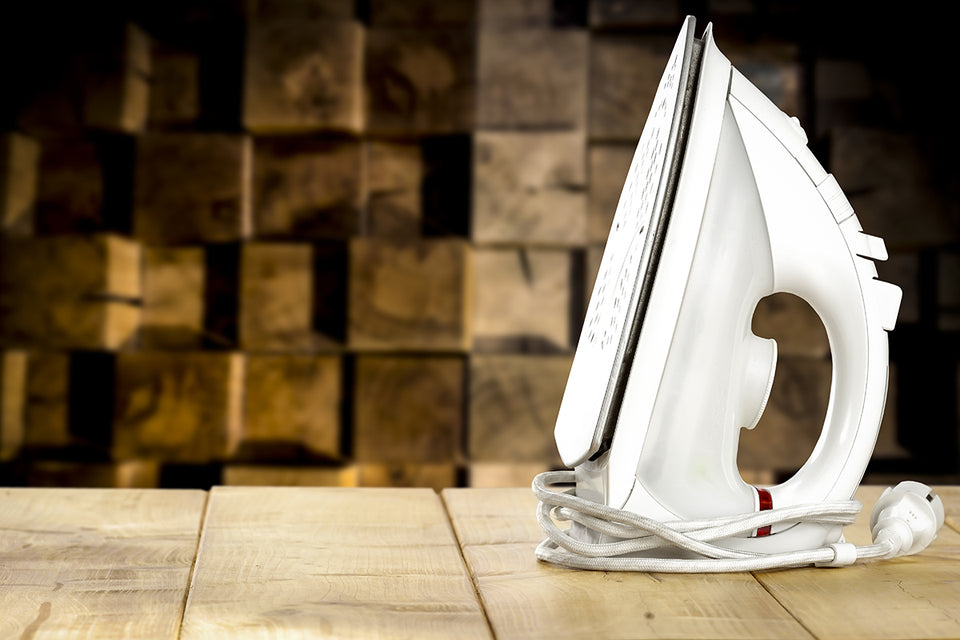
Overall, the most prudent choice is to use vacuum storage bags strategically rather than as a catch-all solution for long-term storage of every type of clothing or household textile. Just remember that no matter what your clothes are made of, nothing should stay under that amount of pressure for more than a few months without a break for air.
And for the items you use semi-regularly but still want to store properly, use Hayden Hill garment bags to preserve the beauty of your clothing. Our bags are made of organic, soft cotton with a sheer, organza side panel so you can see your pieces while keeping them protected from light and dust. Hayden Hill delivers sustainable and beautiful garment care to protect what you love.
